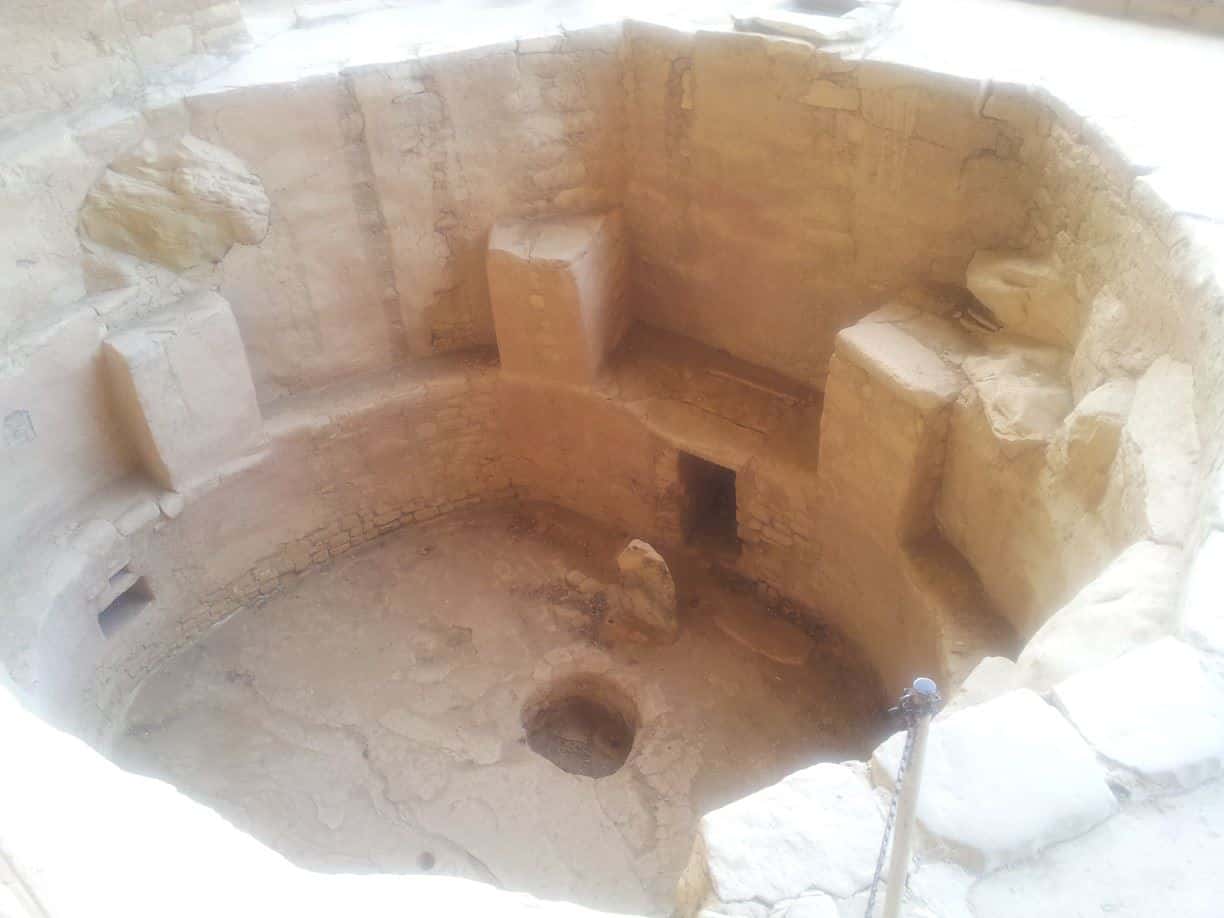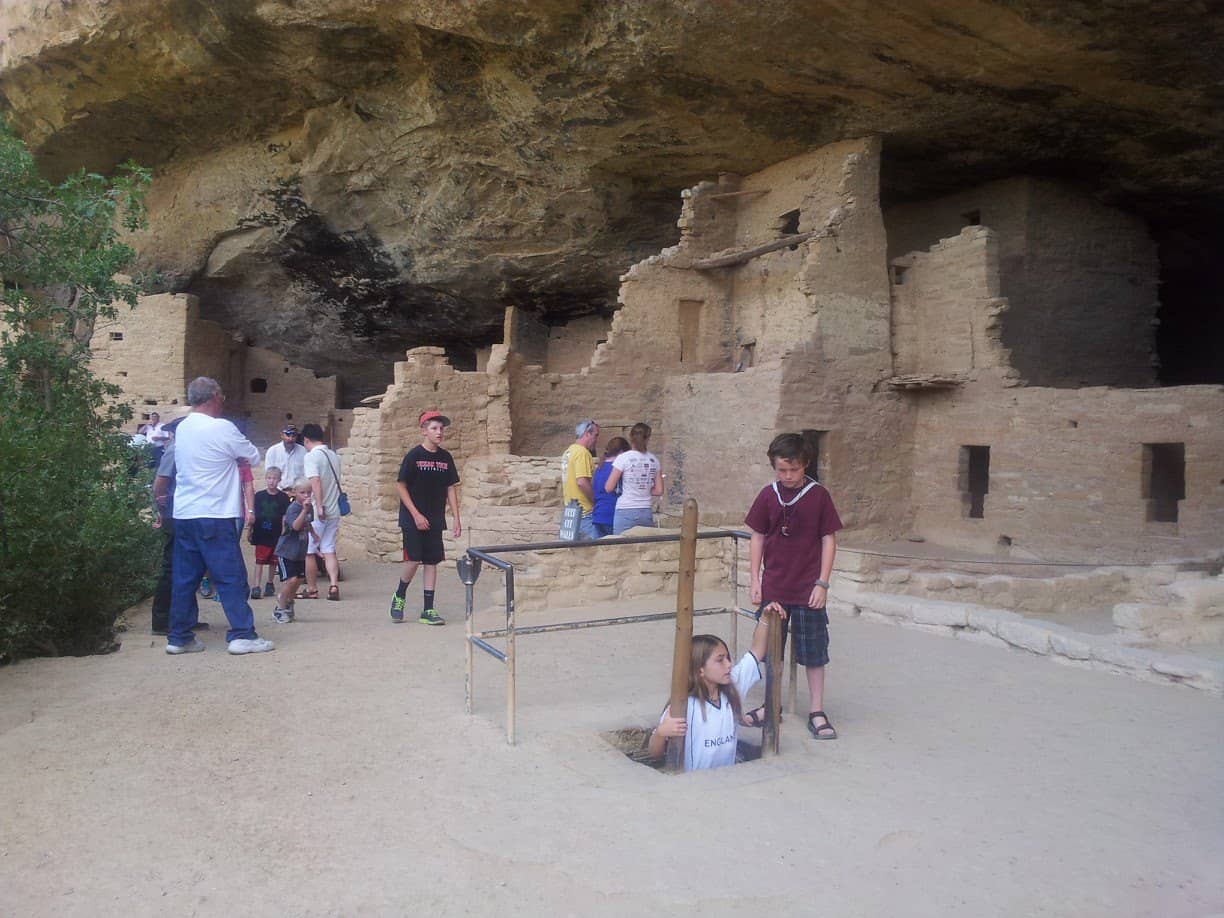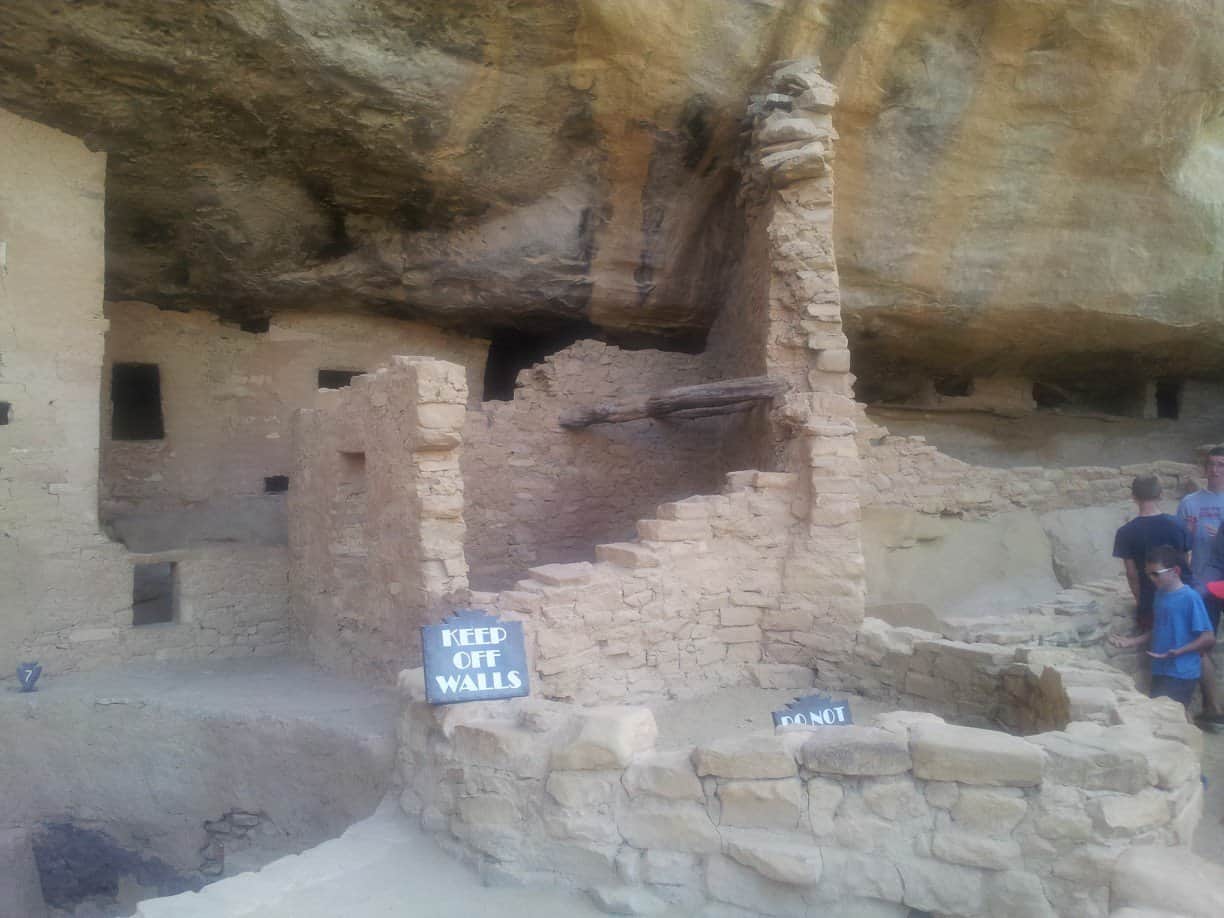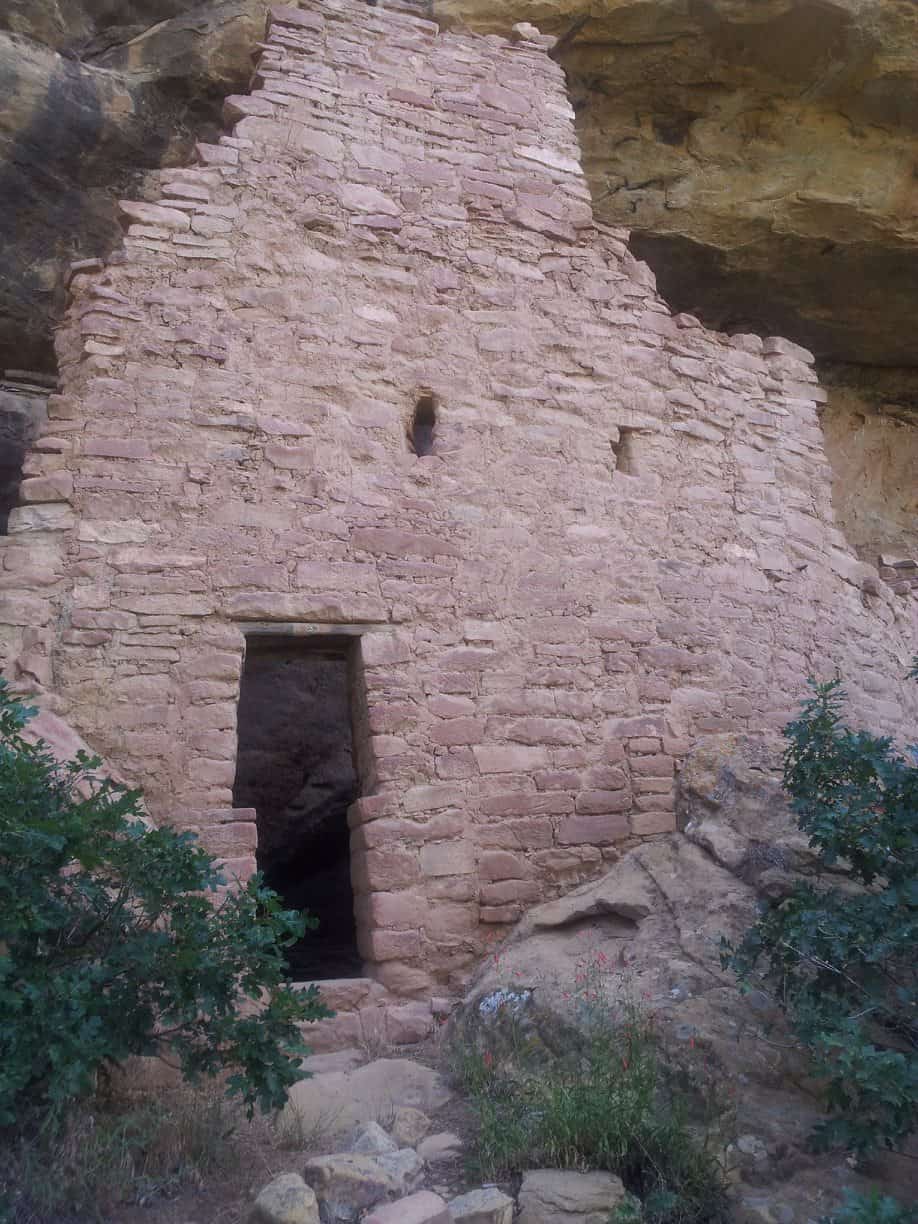FINALLY! I am caught up to all posts to the point to where I will now be posting 3 times a week and not playing catch up! This is going to be the last blog/bucket list post for Native American Heritage Month and will cover 5 Native American sites across the United States since the more local and state of Georgia locations have already been covered. As I did in the last post, I am going to share more pictures of the places that I have gone, and share only one for the places that I haven’t. Keep in mind, some of these pictures are either close to or well over 10+ years old so the quality of the photos isn’t always going to be the best!

Mesa Verde National Park
Mesa Verde National Park, by far my very favorite Native American site that I have visited and have some pretty fond memories of from childhood. This is one of those places that I visited as a child and got so excited about because I thought to myself “THIS is how the Indians really lived”(Later, of course, just to realize that there was more than one type of Native American tribe and they all had different ways of life). Located in Montezuma County, Colorado, Mesa Verde is a UNESCO World Heritage site that offers a stunning glimpse into the lives of the Ancestral Puebloans, who inhabited the region from A.D. 550 to 1300. The park is renowned for its well-preserved cliff dwellings, where these early Native American people lived in cliff alcoves high above the valley floor. While visiting these cliff dwellings, you are given the opportunity to climb down and inside the dwellings, getting an up close and personal look at what it was like for the Puebloans who once lived there. Visitors can explore these fascinating ruins, including the iconic Cliff Palace and Spruce Tree House, with ranger-led tours that provide insight into history, culture, and lifestyle of the Ancestral Puebloans. The park also offers hiking trails through the surrounding mesas, along with exhibits at the visitor center detailing the archaeological findings from the area. Mesa Verde is an incredible destination to learn about Native American history, culture, and architecture, offering a unique experience to connect with the ancient past of the American Southwest. The park is open daily, year-round! This is one of those “YOU’VE GOT TO GO” experiences!
Aztec Ruins National Monument
Aztec Ruins National Monument, located in New Mexico, is said to be an extraordinary archaeological site that offers a window into the lives of the Ancestral Puebloans, who built the remarkable structures that still stand today. Per my research, the monument features the remains of a 12th-century Pueblo, complete with multi-story buildings, kivas (ceremonial rooms), and intricate masonry. The most striking feature of the site is the Great House, a large, multi-room structure that once housed hundreds of people. Visitors can explore the ruins on self-guided tours, with interpretive signs helping to explain the history and significance of the site. The monument also includes the reconstructed Great Kiva, which provides insight into the spiritual and ceremonial practices of the Ancestral Puebloans. A visit to Aztec Ruins National Monument allows visitors to immerse themselves in the rich cultural history of the region and experience a connection to the ancient Native American civilization that once thrived here.

Navajo National Monument
Navajo National Monument, located in northern Arizona, is said to be a must-visit for anyone interested in Native American history and culture. This monument honestly seems to be very much like Mesa Verde in the sense that the dwellings sit under a cliff. This site preserves the remains of three cliff dwellings built by the Ancestral Puebloans around the 12th century. The monument’s most famous structures, Betatakin and Keet Seel, are nestled in the cliffside, offering a breathtaking view of ancient architecture and a glimpse into the lives of the people who once lived there. Visitors can take guided tours to these cliff dwellings, hike the scenic trails through the monument, and learn about the history of the Navajo Nation, which now calls this area home. The visitor center offers exhibits on the Ancestral Puebloans’ culture and their relationship to the Navajo people. Navajo National Monument is a serene, awe-inspiring destination for those looking to connect with the history of the American Southwest.

Little Bighorn Battlefield National Monument
Little Bighorn Battlefield National Monument, located in Montana, commemorates one of the most famous battles in U.S. history known as the Battle of the Little Bighorn, fought on June 25, 1876. This pivotal clash between the U.S. Army, led by General George Custer, and a coalition of Lakota, Northern Cheyenne, and Arapaho tribes resulted in the defeat of Custer’s forces. Today, visitors can explore the battlefield, where white marble gravestones mark the locations of fallen soldiers, while red granite markers honor the Native American warriors who fought there. The monument offers a visitor center with exhibits detailing the battle’s history, as well as the perspectives of both the U.S. Army and Native American tribes involved. With self-guided walking tours and ranger-led programs, visitors can learn about this significant event in Native American and U.S. history. The monument is a place to reflect on the bravery, sacrifices, and resilience of the Native American tribes who resisted U.S. expansion during the late 19th century. On my particular trip there, we had just visited Custer State Park, where my parents had talked about “Custer’s Last Stand” and decided to take us where it all happened. It seemed like forever to get there and way out in the middle of nowhere, but it was truly a beautiful spot to see, and more important than I had realized. Little did I know, Colonel George Armstrong Custer, along with many other officers, were originally buried there after the last stand on June 28th, 1876. It wasn’t until 1877 that there remains were found and finally reinterred at West Point Cemetery. Today, at the Little Bighorn Battlefield National Monument, you can also see where Custer’s horses are buried and left behind.
Effigy Mounds National Monument
You may not have believed that there was more to Iowa than corn and Caitlin Clark, but believe it or not, there actually is! Effigy Mounds National Monument, located in northeastern Iowa, is a sacred site that honors the ancient Native American cultures of the Midwest. The monument preserves more than 200 prehistoric mounds, some in the shape of animals, including bears, birds, and other forms. These mounds were constructed by Native peoples of the Woodland period (500 B.C. to 1300 A.D.), and served as burial sites, ceremonial spaces, and spiritual landmarks. Visitors to Effigy Mounds can explore the park’s scenic trails, which wind through the mounds and offer stunning views of the Mississippi River. The park also features a visitor center with exhibits on the history and significance of the mounds, as well as the people who built them. A visit to Effigy Mounds National Monument provides a unique opportunity to connect with the rich cultural history of Native Americans in the Midwest and gain insight into their spiritual and ceremonial practices. Again, as someone who has seen all the corn there is to see in Iowa, I am glad to find another place in Iowa that actually offers more than that!





































0 Comments